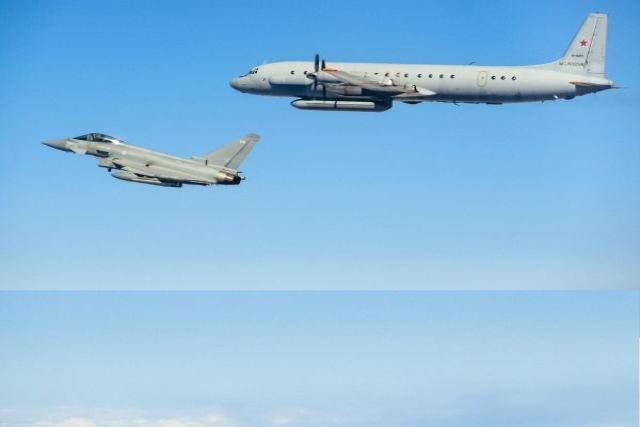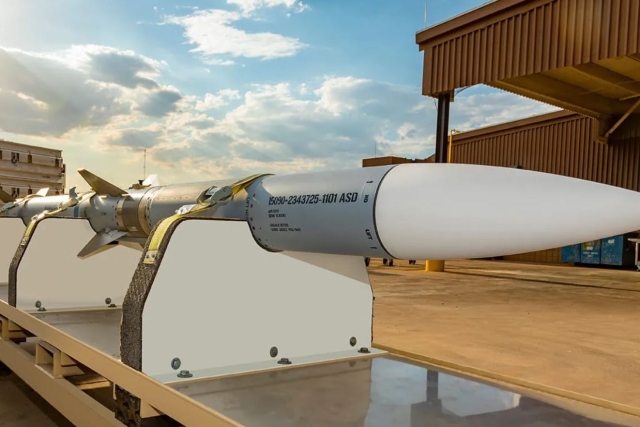China Building Underwater Sonar Systems: Reports
China is building underwater surveillance systems to detect submarines and began developing the project in 2011.
The system is apparently similar to the one used by the US during the Cold War. The development of the system is to counter the much feared invading by the foreign warships and it also enables China to monitor submarines operating off its coasts and, presumably, in the South China Sea.
South Korea was also doing the same in 2011 when it announced the completion of the underwater passive sonar system in 2013.
According to media reports, SOSUS (SOund Surveillance System) consisted of several different networks. On the continental shelf areas bordering the North Atlantic was the CAESAR network. In the North Pacific, there was COLOSSUS plus a few sensors in the Indian Ocean and a few other places that no one would talk about.
The underwater passive sonars listened to everything and sent their data via cable to land stations. From there it was sent back to a central processing facility, often via satellite link. SOSUS was accurate enough to locate a submarine within a circle no wider than 100 kilometers. That’s a large area, but depending on the quality of the contact, the circle might be reduced up to ten kilometers.
The major drawback of the system was that it did not cover deep water areas more than 500 kilometers from the edge of the continental shelf. This is not a problem for the South Korean or Chinese systems, as both only cover coastal waters or shallow off shore areas like the South China Sea.
SOSUS systems are very expensive to maintain. SOSUS managed to survive the end of the Cold War by making its sensors available for civilian research and by using cheaper and more powerful electronic and communications technology. While many parts of the SOSUS have been shut down, additional portable SOSUS gear has been put in service, to be deployed as needed.
South Korea had the advantage of being able to get help from the United States about SOSUS and how to collect and process the “sound signatures” of submarines operating in the area. The U.S. was also able to help South Korea obtain more sensitive passive sonar systems that can identify submarine location more accurately.
The U.S. has been doing research in this area and knows that such cooperation would result in American access to the South Korean SOSUS. South Korea also has the design and manufacturing capability for this sort of device.
The first South Korea SOSUS system was placed off the west coast, near the North Korean border. North Korean submarines, travelling under water, using battery power and near the coast, are very hard to detect. The South Korean SOSUS will help even the odds.
China’s Internet based espionage efforts have probably already stolen a lot of American SOSUS secrets and that helped a lot.










